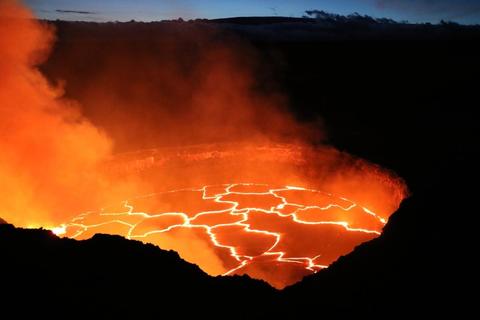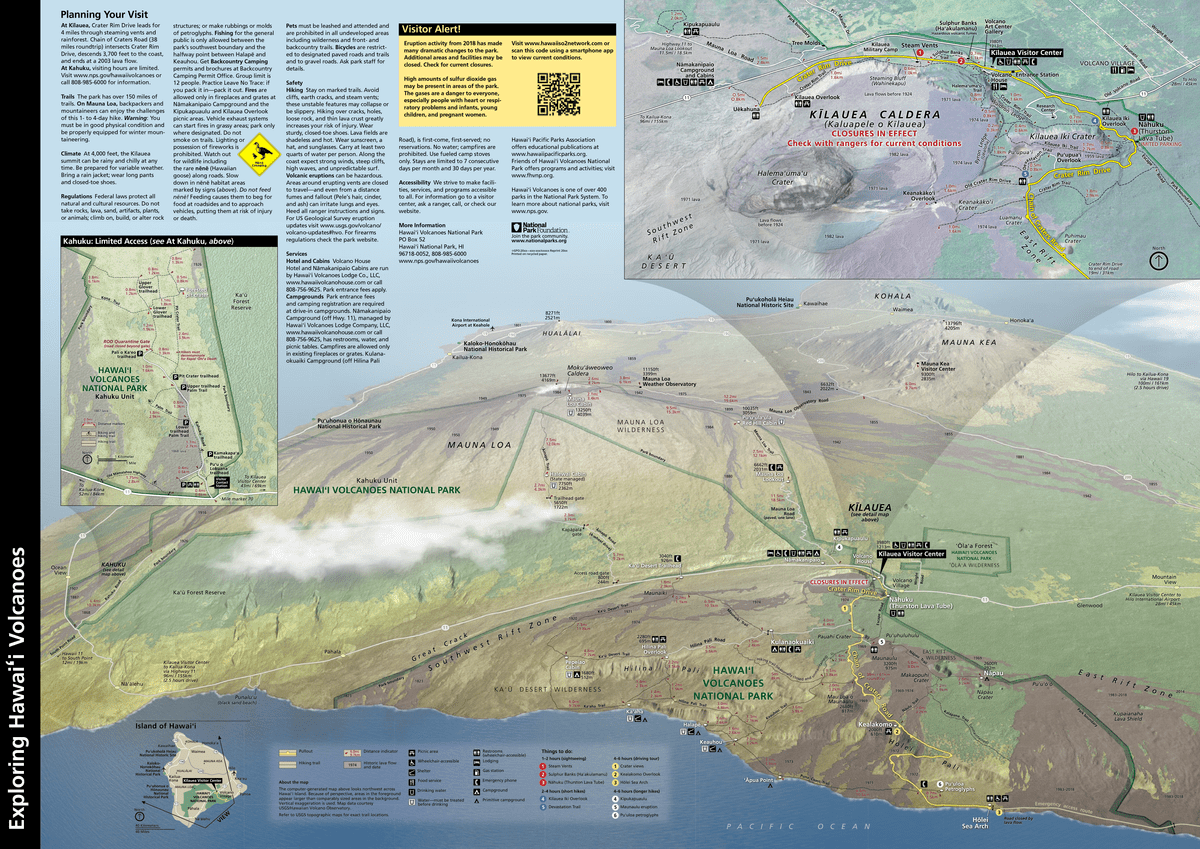
Hawaiʻi Volcanoes National Park
Tips for Birding
The best birding sites in the Hawaiʻi Volcanoes National Park are lower Chain of Craters Road for seabirds, including the only accessible colony of Hawaiʻian Black Noddies (Anous minutus melanogenys) on Big Island; and Kīpukapuaulu and the Thurston Lava Tube/Kīlauea Iki trail for landbirds. Although some native forest birds (e.g., ʻApapane) even occur in the trees immediately outside the visitor center, other sites (like Hakalau Forest NWR, Puʻu ʻŌʻō, and Kīpuka 21) are better for threatened endemic species.
Birds of Interest
Native: Black Noddy, White-tailed Tropicbird, Hawaiʻian Goose (Nēnē), Hawaiʻian Hawk (ʻIo), Short-eared Owl (Pueo), ʻApapane, Hawaiʻi ʻAmakihi, ʻŌmaʻo.
Non-Native: Chukar, Erckelʻs Spurfowl, Red-billed Leiothrix, Chinese Hwamei.
See individual hotspot pages for more detailed information.
About this Location
Hawai‘i Volcanoes National Park protects some of the most unique geological, biological, and cherished cultural landscapes in the world. Extending from sea level to 13,680 feet, the park encompasses the summits of two of the world's most active volcanoes — Kīlauea and Mauna Loa — and is a designated International Biosphere Reserve and UNESCO World Heritage Site.
Features
Restrooms on site
Content from Official Website and Martin Freeland

